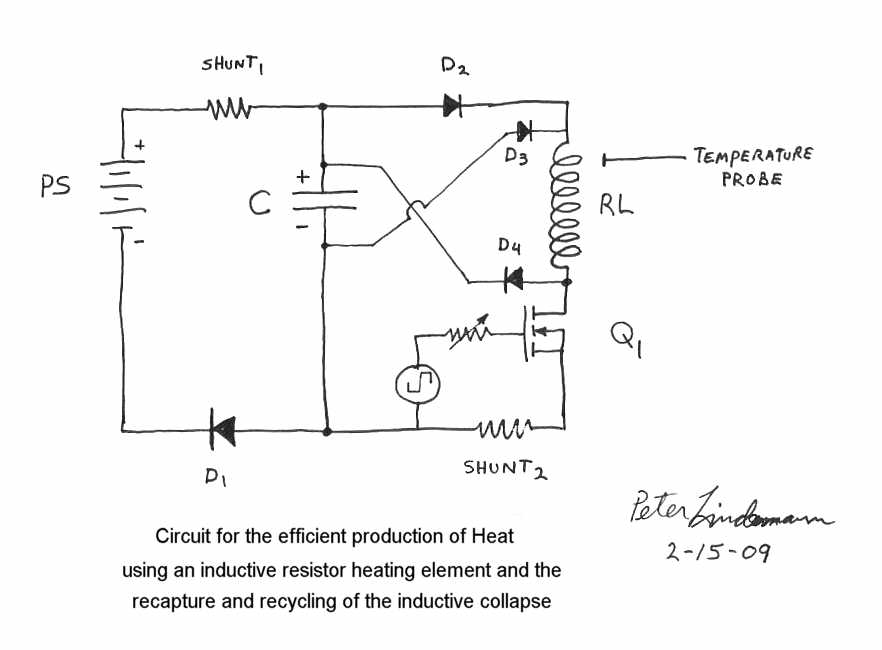Originally posted by Iotayodi
View Post
It needs a squirt of more water. today the volts are at around 259mV and the mA at about 400mA.
I am using a 0.47ohm resistor and reading volts and calculating ohms law for this and last year I used a meter. I must have been reading the meter wrong. this is really high!
jeanna
I think there is a short in the resistor.
I get 1.2mA today which is much more believable.




 It has a slight magnet effect but not enough to run a pulse motor. This one would be a good one to test out an electronic switching circuit on. I havn't wound a secondary on it yet but I expect that it will work just fine.
It has a slight magnet effect but not enough to run a pulse motor. This one would be a good one to test out an electronic switching circuit on. I havn't wound a secondary on it yet but I expect that it will work just fine. 
Comment